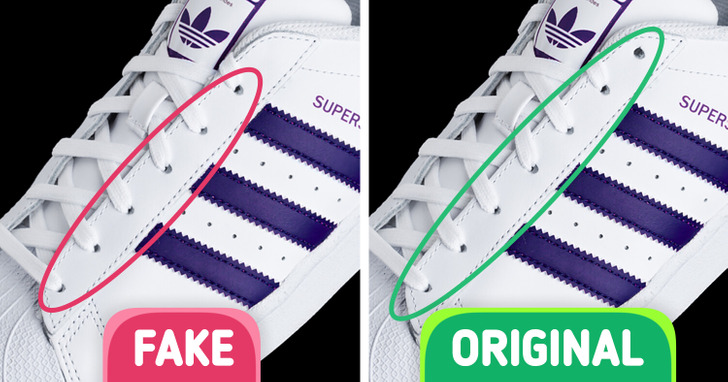In today's market, finding real products is hard because of fake ones. These fakes look and feel like the real thing but are not. They can make buyers unhappy and even dangerous. So, it's key to know how to spot real products and avoid fake ones.
Fake products often don't last long or work well. This is because they're made with cheaper materials and less care. Choosing real products means you get what you pay for in terms of quality and safety.

Key Takeaways
- Counterfeit products pose significant risks, including safety concerns and legal implications.
- Identifying genuine products from reputable sources is crucial to ensure quality, reliability, and protection.
- Consumers should be aware of the strategies and methods to authenticate products and detect counterfeits.
- Purchasing from authorized retailers and verifying product authenticity with manufacturers are key steps in ensuring product legitimacy.
- Familiarizing oneself with trademark laws and recognizing red flags in pricing and sales channels can help consumers make informed purchasing decisions.
Authenticating Genuine Products: Strategies for Spotting Fakes
When shopping for authentic brands, it's crucial to stay alert. Counterfeit goods are a big problem, affecting both businesses and buyers. Knowing about trademark laws and spotting fake products helps shoppers make sure they buy real, quality items.
Understanding Trademark Laws and Counterfeit Risks
Trademarks protect the real brands we know and trust. They mean quality and authenticity. But counterfeiters try to trick people by copying these trademarks. It's important to know about trademark laws and the dangers of buying fake goods.
Examining Product Packaging and Documentation
Looking at the packaging and documents is a good way to check if a product is real. Genuine products have special designs and security features. Counterfeit items often look cheap and have mistakes. Paying attention to these differences helps shoppers avoid fakes and choose high-quality merchandise.
| Authentic Brands | Anti-Counterfeiting Measures |
|---|---|
|
|
Knowing about trademark protection and spotting real products helps shoppers make smart choices. It supports real brands and keeps buyers safe from fake goods.
"Purchasing counterfeit products not only compromises the integrity of authentic brands, but it can also pose serious health and safety risks to consumers."
How to Choose Original Products Among Counterfeit Products?
It's important to know if the products you buy are real or fake. In today's market, fake goods can be dangerous. By following a few simple steps, you can tell real products from fake ones and avoid buying fakes.
Verifying Product Authenticity with Manufacturers
One way to check if a product is real is to contact the manufacturer. Many well-known brands have customer service or online tools to help you check if a product is genuine. Talking directly to the source can give you peace of mind when you're making a big purchase.
Recognizing Red Flags in Pricing and Sales Channels
Be careful of deals that look too good to be true. They often mean the product is fake. Big discounts on expensive items should make you suspicious. Also, be wary of buying from unknown or shady sellers. Trustworthy retailers and authorized sellers are your best choice for real products.
FAQ
How can I identify authentic products and avoid counterfeit goods?
To spot real products and dodge fakes, know where the manufacturer sells them. Check the packaging and documents closely. If you can, ask the manufacturer if the product is real. Watch out for prices that seem too low or sales places that seem off.
What are the key anti-counterfeiting measures used by brands?
Brands fight counterfeits with steps like unique serial numbers and special packaging that shows if someone has opened it. Knowing these can help you tell real from fake items.
How can I verify the authenticity of a product?
To check if a product is real, look at its packaging, labels, and any papers that come with it. Call the manufacturer to make sure it's genuine. Some brands also offer online tools to check if a product is real.
What are some common red flags that a product may be counterfeit?
Watch out for prices that are way too low, shady places to buy, packaging that looks cheap, or missing official marks. Deals that seem too good to be true are often not what they seem.
How can I ensure I'm purchasing from a legitimate source?
Buy from official retailers and the brand's own sales channels. Stay away from unknown websites, online markets, or sellers you don't know. If you can, buy directly from the brand's website or stores.



